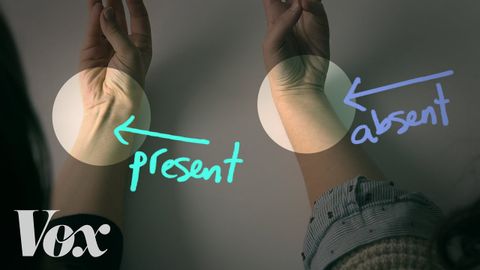你手上的這條筋其實完全無用?看看我們身上的演化證據吧 (Proof of evolution that you can find on your body)
Shirley Huang 發佈於 2016 年 06 月 24 日  沒有此條件下的單字
沒有此條件下的單字- v.t./i.離開;別離;死後留下;使保持(某狀態);沒有吃完(或用完);遺留;使…成為
- n. (u.)允許;同意;假;休假
- n. (c./u.)剩菜
US /rɪˈspɑns/
・
UK /riˈspɔns/
- n.回答;回應;反應;答(或唱和)短詩;(醫療)反應;(電腦)回應
- v.t.提高(賭注);籌集;養育;使復活;提升;升高;提出;增加;種植;飼養
- n. (c./u.)提高賭注;工薪提升
- n. (c./u.)公寓;(某物的)平面部分;降調;平底鞋
- v.t./i.合租;失敗
- adv.斷然地;固定不動地
- adj.平整;沒有活力的;洩氣的;走了氣的;固定的;無光澤的;平淡的;平面的
